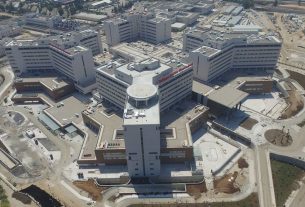NASA’s Aviation Safety Research transformational vision for the skies above our communities for safer and more efficient air travel completes a key step.
NASA’s scientists have completed a significant step in their pursuit of safer, more efficient aviation technologies that spot hazards before they occur.
As aviation operations continue to grow in scale and diversity, and with new modes of flight expected to rise in the near future, keeping the skies safe becomes increasingly complex and drives the need to transform the way order is maintained above our communities.
Through its System-Wide Safety project, NASA and its partners in government, industry, and academia are exploring new technologies and techniques to improve current aviation safety and potentially enable the widespread use of new types of aircraft such as drones or air taxis.
The project recently completed Technical Challenge 1 (TC-1), Terminal Area Risk Management, the first step towards achieving what is known as an In-Time Aviation Safety Management System.
This new type of aviation safety technology can effectively address potential hazards expected with the rise in demand for the number and types of aircraft flying in the National Airspace System.
Kyle Ellis, NASA’s project manager for System-Wide Safety, said:
“What we’ve accomplished with TC-1 is really just beginning to scratch the surface of what’s possible. Developing these systems enables a new economy for aviation uses that will benefit us all in the future.”
Image credit MTSI / NASA
source NASA



